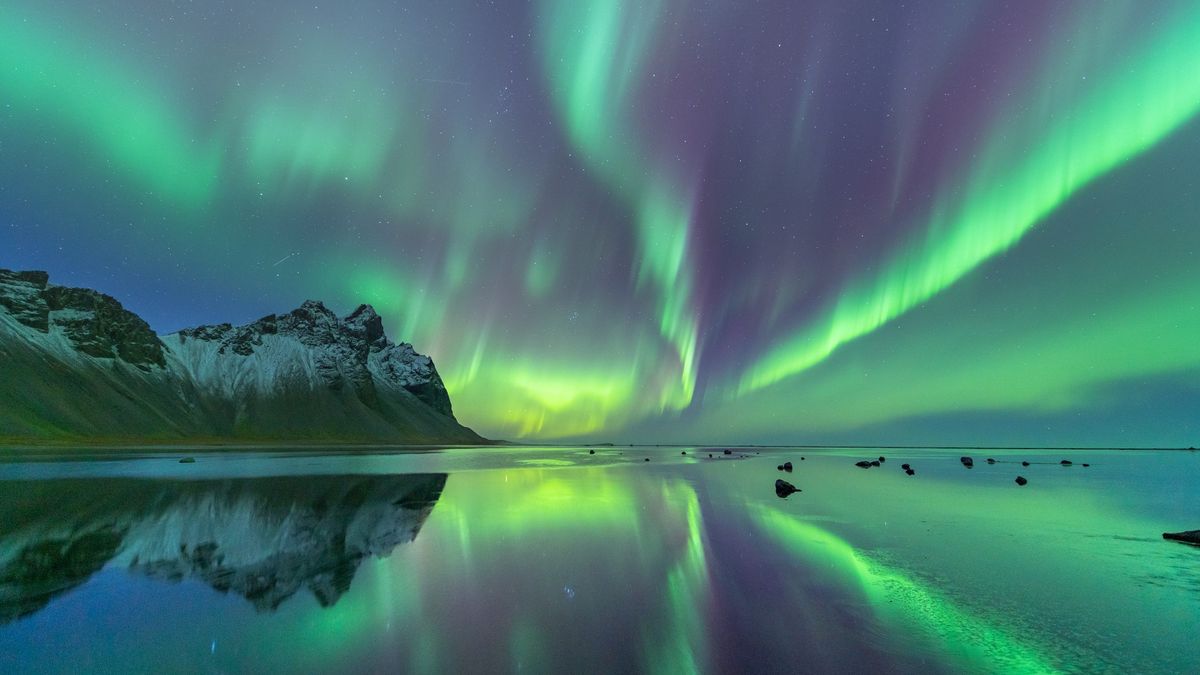What are those beautiful green lights in the sky?
The Northern Lights - or aurora borealis - show up as brilliant, whirling drapes of lights in the night sky
Rafsan Jany
Published: 28 Jul 2024

Photo: Northern lights (collected)
The Aurora Borealis is the scientific name for the Northern Lights, named after the Roman goddess of dawn, Aurora, and the Greek god of the north wind, Boreas. The Northern Lights are a stunning display of glowing, swirling lights in the night sky that have amazed humankind for thousands of years.
But what causes them? And how can you see them?

The Northern Lights - or aurora borealis - show up as brilliant, whirling drapes of lights in the night sky and reach in variety from green to pink and red. The Southern Lights - aurora australis - are seen in latitudes near the South Pole.
The lowest part of an aurora is typically 50 miles (80 km) above the Earth's surface. The highest part could be 150 miles (800km) above the Earth.
Both the Northern and Southern Lights are brought about by charged particles from the sun hitting gases in the World's atmosphere.
They happen around the North Pole when the sunlight-based breeze conveying the particles interacts with the World's magnetic field.
The most amazing auroras happen when the Sun transmits truly enormous clouds of particles called "coronal mass ejections".
"Picture this as a big sneeze by the Sun," says Dr Affelia Wibisono, from the Royal Observatory in Greenwich. "It can contain up to a million tonnes of charged particles.”
As per the English Land Overview (BGS), Aurora Borealis are seen most frequently in locales near the North Pole like Scandinavia, Greenland, Alaska, Canada, and Russia.
"The greater the coronal mass ejection from the Sun, the wider the region around the shafts in which particles enter the atmosphere," says Prof Jim Wild from Lancaster College. "Then, at that point, auroras will be found in lower scopes.
"They have been seen as far south as the Caribbean."
Source: Internet

